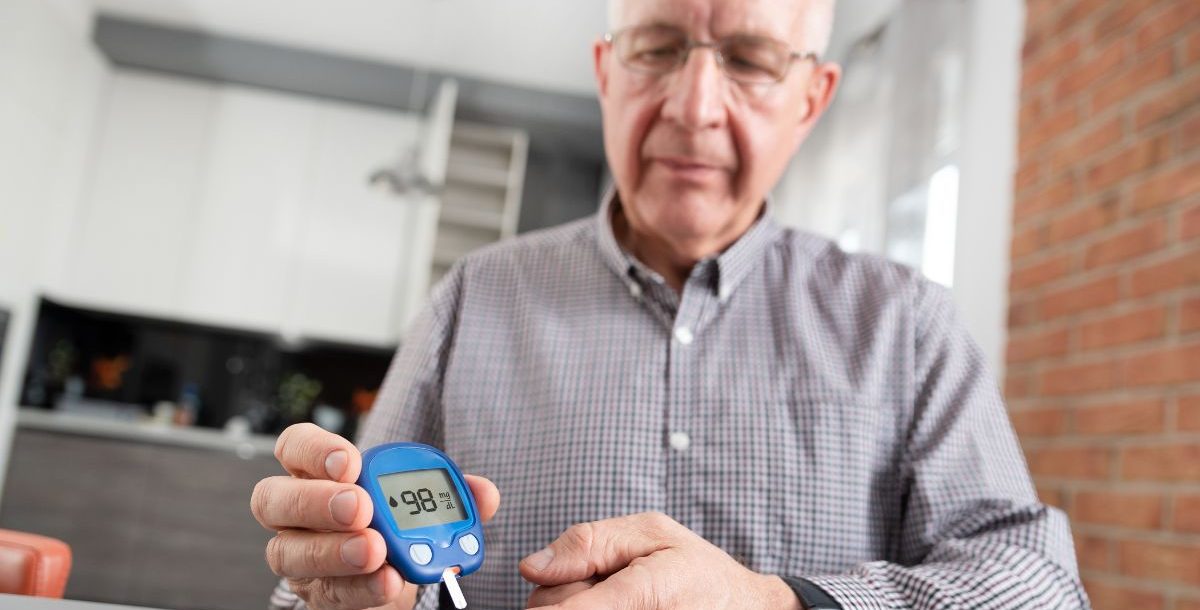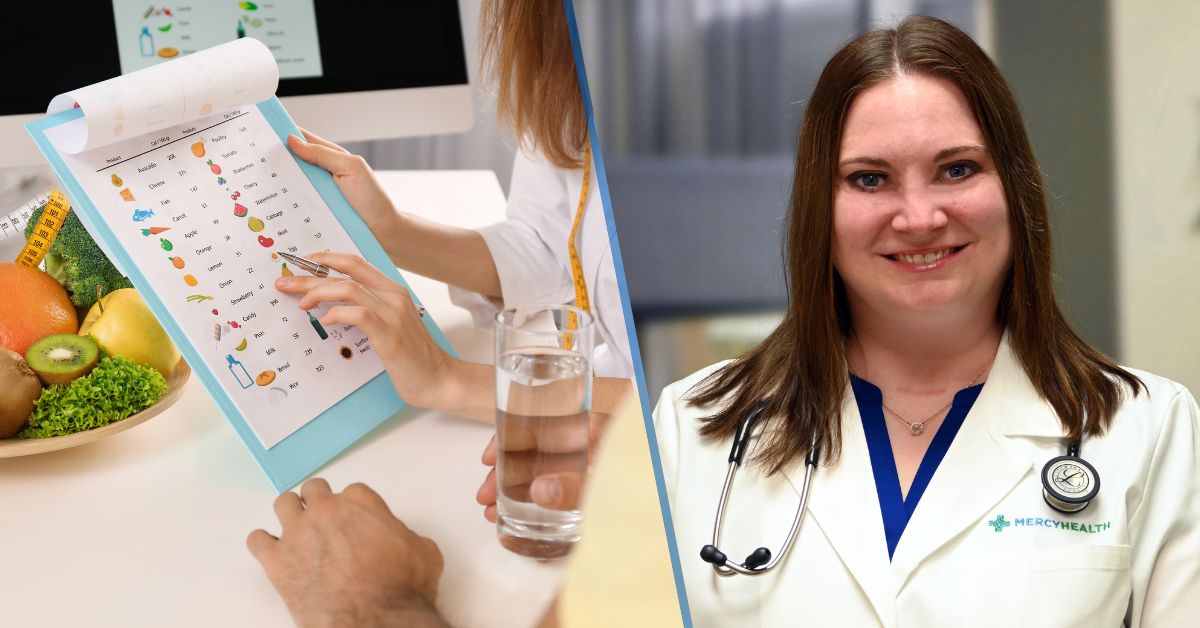If you’ve received this diagnosis you’re probably wondering, can you reverse type 2 diabetes?
While there’s no one-size-fits-all answer, the good news is that with the right steps, some people are able to bring their diabetes into remission – meaning that blood sugar levels return to a healthy range. And while this doesn’t mean a cure, it can mean far fewer complications.
Let’s explore what’s possible and what experts say about reversing type 2 diabetes.
What is type 2 diabetes, and why does it happen?
Type 2 diabetes happens when your body stops using insulin properly. Insulin is a hormone that helps your cells use sugar from your blood. But with type 2 diabetes, your body starts to resist insulin’s effects and sugar stays in your blood instead of entering your cells. This is called insulin resistance and it causes blood sugar levels to stay high, which can lead to serious issues like heart disease and nerve damage.
This condition doesn’t appear overnight. Type 2 diabetes usually develops over years, influenced by a combination of genetics, lifestyle choices and sometimes just aging. If you have a family history of diabetes or if you’ve had high blood sugar in the past, you may be at higher risk.
So, can you reverse type 2 diabetes permanently?
For some people, yes – type 2 diabetes can go into remission, where blood sugar levels return to a normal range. But it’s usually not considered “permanently” reversed. Ongoing healthy habits are essential to keep blood sugar in check because if lifestyle changes are not maintained, blood sugar levels can rise again.
Here are some lifestyle changes that have shown promising results for individuals with type 2 diabetes:
Losing a little, or a lot, of weight
Research shows that losing even 5 to 10 percent of your body weight can make a big difference for many people. Why? Because weight loss can improve insulin sensitivity, meaning your body can start using insulin more effectively.
For some, this change is enough to bring blood sugar levels down to a normal range. Weight loss surgery, like gastric bypass, has also led to remission in some cases, but it’s a big decision with potential risks, so it’s best to discuss this option with your health care provider.
Getting and staying active
Exercise can have a powerful effect on blood sugar. Regular physical activity can help your body use insulin more effectively, which naturally lowers blood sugar levels. According to the Centers for Disease Control and Prevention (CDC), 150 minutes of moderate exercise per week is a great target to aim for. You don’t have to become a marathon runner – even a daily walk or a few sessions at the gym each week can make a difference.
Eating for better blood sugar
Diet is a major player when it comes to managing type 2 diabetes. Foods high in refined carbs (think sugary snacks or white bread) can spike blood sugar, so choosing more whole foods – like vegetables, lean proteins and whole grains – can help you control those levels better.
Healthy eating also supports your weight loss goals, creating a foundation for managing diabetes in the long run.
Are there medications to help with type 2 diabetes?
If lifestyle changes aren’t enough, medications can help bring blood sugar into a safe range. Health care providers often recommend drugs like metformin and sometimes insulin to keep blood sugar controlled. Also, it’s worth noting that while medication can help manage diabetes, it’s typically a tool in combination with lifestyle changes rather than a standalone fix.
So, can you reverse type 2 diabetes? For some people, yes, but it takes commitment to lasting lifestyle changes!
Learn more about type 2 diabetes as well as the primary care services we provide at Mercy Health.






